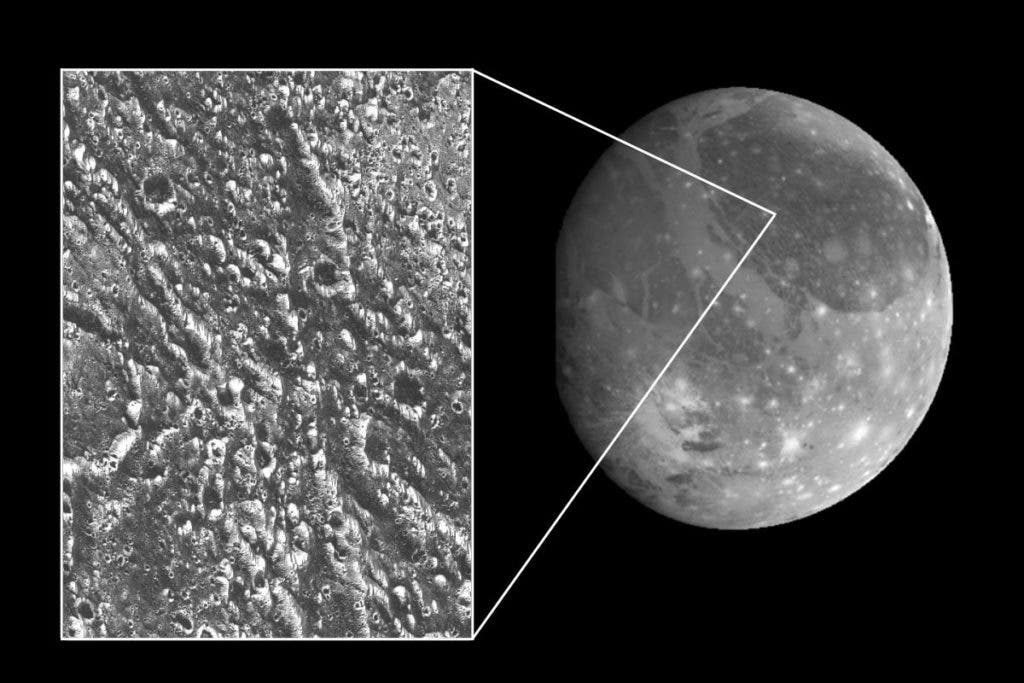Ganymede, the largest moon in the solar system, appears to have undergone periods of intense geological activity.

Among the many things that make the Earth so special, plate tectonics have a special role. We don’t give it much credit, but without it, life on Earth would perhaps not have been able to exist — or at the very least, would have been dramatically different from what we see today.
The Earth’s crust is split into several rigid plates, which move relative to each other at a speed of a few cm/year. It’s not much, but if you multiply that on the scale of millions of years, it becomes quite significant. Plates can move towards each other convergently (as seen in most high mountain ranges such as the Himalayas), away from each other divergently (as seen on rifts, such as the East African Rift), or simply slide by each other in a motion called “strike-slip”. The most famous example of strike-slip movement is the San Andreas fault in California. Now, astronomers have found signs of this type of movement on another celestial body: Ganymede.
“The heavily fractured surface of Ganymede displays many distinctive regions of inferred strike-slip faulting that may be important to the structural development of its surface,” said Marissa E. Cameron, lead author of this study who completed the work as a doctoral candidate in SOEST’s Department of Earth Sciences.
Ganymede is Jupiter’s and the solar system’s largest moon. Like Europa, it is believed to be an ocean world. Although its surface is frozen, researchers believe that beneath its frozen shell there lies an ocean of liquid water heated up by friction stress caused by Jupiter’s tidal forces.
Europa is widely considered the most likely place in the solar system to hold life outside of Earth, but Ganymede is also an interesting candidate. The liquid water would provide the necessary environment for life to develop, while the ice shell would protect the water from radiation.
Several studies have shown that Europa is still tectonically active, whereas Ganymede isn’t — but it used to be. Studying this process along with its causes and effects could teach us a great deal not only about Ganymede’s past and present but also about Europa’s future.
Astronomers were intrigued to see just how much evidence of strike-slip they found.
“The unexpected finding was how commonplace strike-slip faulting was. Indicators of strike-slip were observed at all nine sites, representing various geographic locations on Ganymede,” said Cameron. “Additionally, the similarities between the sites may be indicative of a past, larger scale process. Incorporating our observations with previous studies provides an improved representation of Ganymede’s tectonic history and allows us to learn more about its neighbor, Europa.”
Journal Reference: Marissa E. Cameron, Bridget R. Smith-Konter, Liliane Burkhard, Geoffrey C. Collins, Fiona Seifert, Robert T. Pappalardo. Morphological mapping of Ganymede: Investigating the role of strike-slip tectonics in the evolution of terrain types. Icarus, 2018; 315: 92 DOI: 10.1016/j.icarus.2018.06.024






